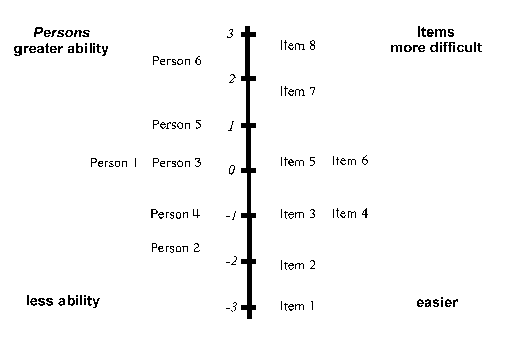
Shiken: JALT Testing & Evaluation SIG Newsletter
Vol. 12 No. 1 Jan. 2008 (p. 1 - 6) [ISSN 1881-5537]

 PDF Version
PDF Version
|
Rasch Measurement in Language Education: Part 1 James Sick, Ed.D. (J. F. Oberlin University, Tokyo) |
